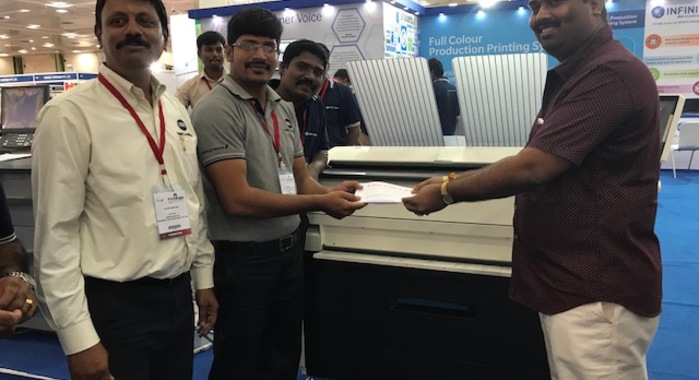Decoding the pros & cons of Cloud DMS vs Onsite Deployment.
When data went to the cloud, businesses around the world experienced a paradigm shift. Some years down the road, the debate between the relative merits and demerits of Cloud based DMS (Document Management System) and On-line deployment, however continues. It therefore makes sense to sit the two next to each other for a quick and dispassionate comparison.
Let’s go with the Cloud based (SaaS) DMS model first.
First off, by obviating the need for expensive, high-powered servers and complex, onsite IT architectures and regular upgrades & maintenance, the Cloud comes across as a distinctly cost intelligent solution for enterprises of all sizes. Secondly, with its turnkey deployment (no softwares, firewalls or backups to install or configure), the Cloud is as hassle-free as it is hands-free. Additionally, reduced IT dependencies mean you can now ‘redirect’ your valuable staff for other tasks. Thirdly, you never have to worry about going obsolete on Cloud, since a SaaS subscription usually comes with an ‘automatic upgrade’ clause. Not only that, it generally ensures compliance parameters from most angles. Fourthly, instant deploy-ability of the Cloud ensures that you are ‘always on’ – without any gaps or lags. Fifth, the Cloud lets you taste true freedom: After all, all you need to turn your document management ubiquitous, is broadband! Sixthly, with multi-location based security servers, comprehensively virus response and instant ‘intrusion/mal-function’ alerts, Cloud DMS offers commendable safety features these days. Finally, with advanced server, access, storage, sharing (especially for large files, which otherwise tend to guzzle mailbox space), flexibility and user friendly capabilities – Cloud DMS emerges as a smart, scalable and cost-effective option for business across industries.
On the flip side, the Cloud requires uninterrupted internet connectivity and can lead to data latency (especially from remote locations) Evaluating specific offerings to align with Security Policy deployed is a must.
Let’s take a look at On-site DMS now.
Typically, On-premise solutions come with a one-time license fee, and are therefore calculated under Capital Expenditure or CAPEX (The Cloud, with its monthly subscription model, is typically OPEX). This also means that at some point in the future, whether due to obsolescence or other reasons, you will have to replace or upgrade your On-Site DMS. On-Site Deployments, as the term suggests, bring the system within the four walls of your organization, so you can see and touch them. This also means you are directly responsible for their upkeep and maintenance, such as the electricity bills and physical security of the Hosts (assuming you prefer to virtualize the Servers – something easily doable). It’s good to mention at this point that Low Latency Rates are a distinct advantage with On-Site Systems. Being your own ‘property’, you can choose to use the On-site DMS ‘your way’. After all, nobody knows your business better than you – and by extension, your Onsite DMS. This hypothetically makes it 100% customizable and flexible at a cost though, and you can get it to ‘feature every option’ you will need if you choose to go for bespoke development. Onsite Deployment also ensures that upgrades and compliances can be done anytime you want at a cost – as and when necessary. Finally, since an On Premise DMS is within your own network, deploying the security policy becomes a routine task. Indeed, there are organizations and groups that prize the robust Virtual Private Networks and strong remote access (with encrypted channels) of their On-Site so much, they won’t ‘exchange the experience’ for anything else.
The downside? On-site can be expensive, does not have the flexibility to resize as per current needs at any time, will demand greater involvement and a 24X7 trained team.
So which way do you turn? Map the features and pitfalls of each to your own specific situation, and you’ll come up with the right answer.


